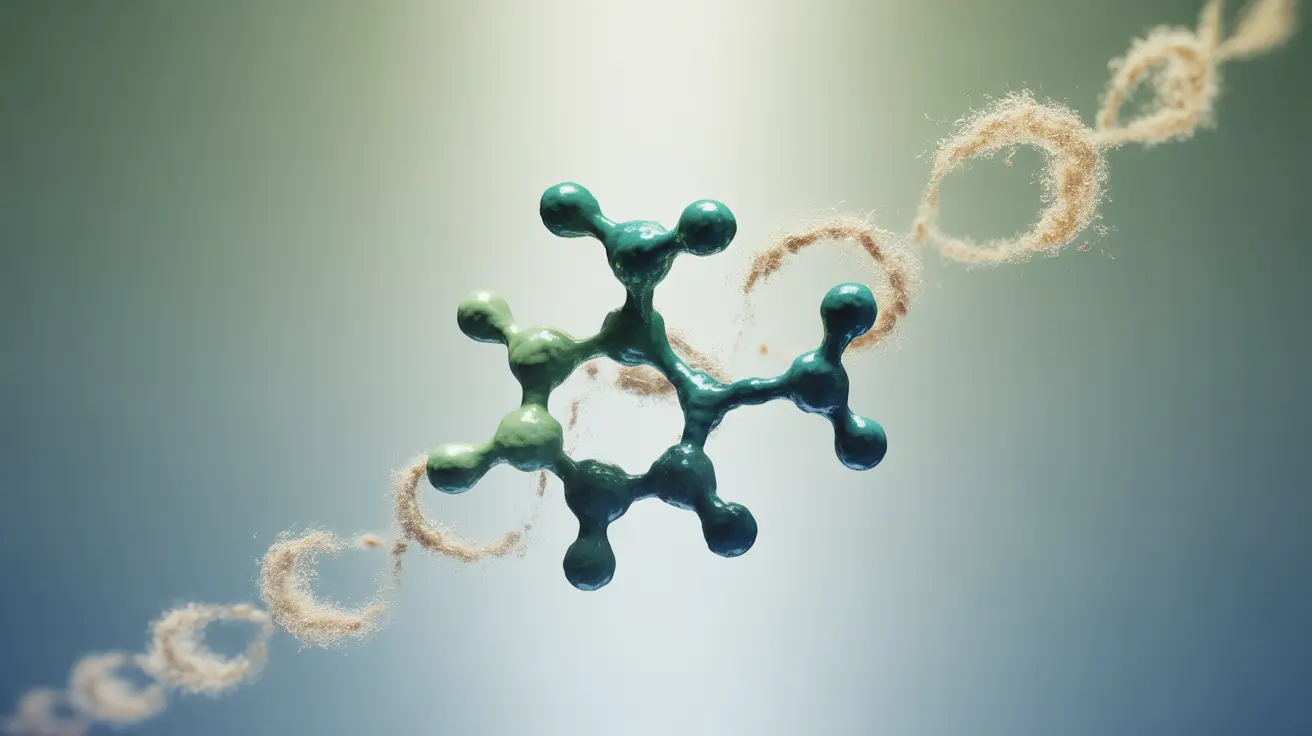Tay-Sachs disease is a rare genetic disorder that requires comprehensive medical management and supportive care. While there is currently no cure for this condition, medical researchers and healthcare providers are actively working on various treatment approaches to help manage symptoms and improve quality of life for affected individuals.
Understanding the available treatment options, ongoing research, and support systems is crucial for families affected by Tay-Sachs disease. This article explores current treatment strategies, experimental therapies, and the important role of palliative care in managing this challenging condition.
Current Treatment Approaches for Tay-Sachs Disease
While there isn't a cure for Tay-Sachs disease, several treatments focus on managing symptoms and providing supportive care. These approaches typically involve a multidisciplinary team of healthcare professionals working together to address various aspects of the condition.
Symptom Management Strategies
Healthcare providers focus on managing specific symptoms through various interventions:
- Respiratory care and breathing support
- Anti-seizure medications
- Physical therapy to maintain mobility
- Nutritional support and feeding assistance
- Medications to control muscle spasticity
Specialized Medical Equipment
Various medical devices and equipment play a crucial role in supporting patients:
- Suction devices for clearing airways
- Feeding tubes for proper nutrition
- Specialized positioning equipment
- Mobility aids when appropriate
Enzyme Replacement Therapy Research
Enzyme replacement therapy (ERT) has been a significant focus of research for Tay-Sachs disease treatment. This approach aims to replace the missing hexosaminidase A enzyme that causes the condition. However, current ERT methods face challenges in crossing the blood-brain barrier effectively, limiting their therapeutic potential in treating the neurological aspects of the disease.
Emerging Experimental Treatments
Gene Therapy Approaches
Researchers are investigating various gene therapy techniques to address the underlying genetic cause of Tay-Sachs disease. These experimental treatments aim to introduce functional copies of the HEXA gene into patients' cells, potentially correcting the enzyme deficiency at its source.
Substrate Reduction Therapy
This experimental approach focuses on reducing the accumulation of harmful substances in cells by decreasing their production rather than trying to break them down. Clinical trials are ongoing to evaluate the effectiveness and safety of this treatment strategy.
The Role of Palliative Care
Palliative care is an essential component of Tay-Sachs disease management, focusing on:
- Pain management and comfort care
- Emotional support for patients and families
- Quality of life improvements
- Coordination of medical services
- Family counseling and support
Clinical Trials and Research Participation
Clinical trials offer opportunities for accessing experimental treatments while contributing to medical research. However, participation requires careful consideration of both potential benefits and risks:
Benefits:
- Access to new treatments
- Regular medical monitoring
- Contributing to medical knowledge
- Potential for improved outcomes
Risks:
- Unknown side effects
- Time commitment
- Travel requirements
- No guarantee of effectiveness
Frequently Asked Questions
What treatments are currently available to manage Tay-Sachs disease symptoms? Current treatments focus on symptom management through respiratory care, anti-seizure medications, physical therapy, nutritional support, and specialized medical equipment to improve quality of life.
How does enzyme replacement therapy work for Tay-Sachs disease and why is it not yet effective in humans? Enzyme replacement therapy aims to replace the missing hexosaminidase A enzyme, but it has limited effectiveness because the replacement enzymes cannot effectively cross the blood-brain barrier to reach affected brain tissue.
What experimental therapies, like gene therapy or substrate reduction, are being researched for Tay-Sachs disease? Researchers are exploring gene therapy to introduce functional HEXA genes and substrate reduction therapy to decrease harmful substance accumulation. Both approaches are still in experimental stages with ongoing clinical trials.
How can palliative care improve quality of life for someone with Tay-Sachs disease? Palliative care provides comprehensive support through pain management, emotional support, coordination of medical services, and family counseling to enhance comfort and quality of life for both patients and their families.
What are the risks and benefits of participating in clinical trials for new Tay-Sachs treatments? Benefits include access to experimental treatments and regular medical monitoring, while risks involve potential unknown side effects, time commitments, and no guarantee of treatment effectiveness.




